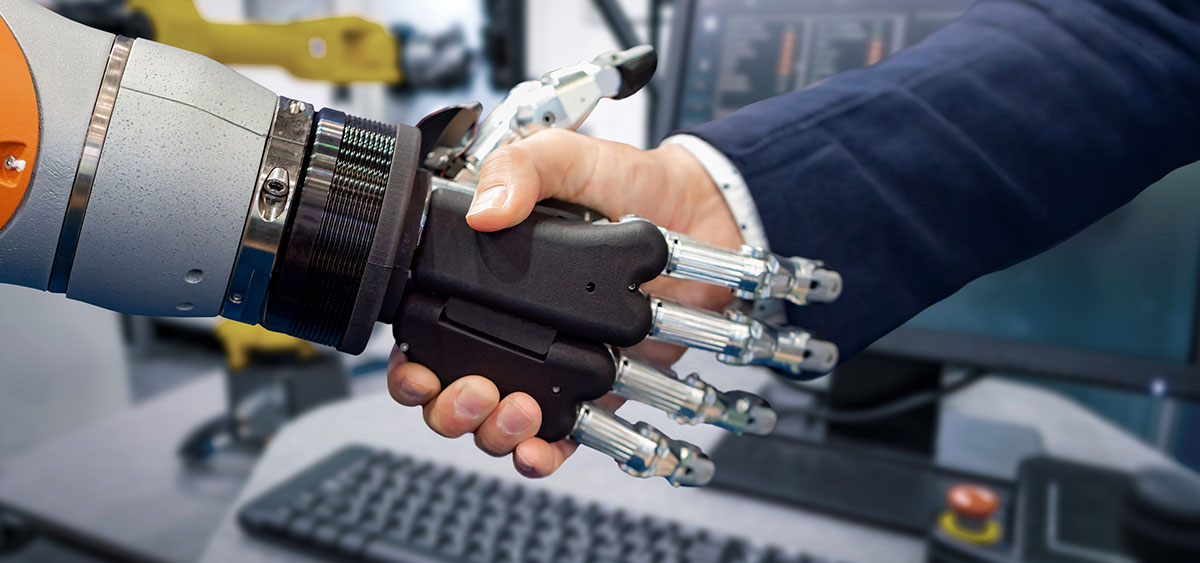
Artificial intelligence – what is it, and where are we headed?
The term “artificial intelligence” was coined in 1956 by Stanford researcher John McCarthy. Today, AI is one of the hottest topics within the global tech community.
AI programs like AlphaGo and AlphaZero, developed by Google's DeepMind, has captivated the general public. A little more than a year after AlphaGo sensationally won against the top Go player, AlphaZero obliterated Stockfish, the highest-rated chess engine.
So, is AI a monster that is going to take humans’ jobs away and make us obsolete in the end?
Before trying to answer that question, let’s define what artificial intelligence is and how it works – in plain English.
What Is Artificial Intelligence (AI)?
Basically, the concept of AI is based on the idea of building devices, machines or computer programs capable of thinking, acting, and learning like humans. The mechanism behind it is to utilise different algorithms to learn from a tremendous amount of structured data to solve cognitive problems that originally can be only solved by human intelligence.
There are six major subfields in AI:
1. Computer Vision: A field of computer science that works on enabling computers to see, identify and process images in the same way that human vision does, and then provide appropriate output.
2. Planning: The task of choosing a sequence of actions that will (with a high likelihood) transform the state of the world, step by step, so that the desired goal is achieved.
3. Natural Language Processing: Enabling computers to understand and process human languages, to get computers closer to a human-level understanding of language. E.g. interpreting what are you saying, writing, etc.
4. Knowledge Representation and Reasoning: Representing information about the world in a form that a computer system can utilise to solve complex tasks such as diagnosing a medical condition or having a dialogue in a natural language. E.g. a chatbot that answers customer questions.
5. Robotics: Deals with the design, construction, operation, and application of robots so that they can operate in complex, real-world scenarios.
6. Machine Learning: Provides systems the ability to automatically learn and improve from experience without being explicitly programmed. (More on machine learning in just a moment.)
Where is AI used today?
Many people associate AI with the distant future, but it is in fact widely used today. When you get purchase recommendations on Amazon or speak to virtual assistants like Amazon's Alexa and Apple's Siri, AI is being used.
In fact, this blog article is written using AI. Google Docs’ new grammar checker is powered by machine translation, which is the same subset of AI tools that enable software’s natural language processing capabilities and the ability to translate text from one language into another.
Is AI the same as machine learning?
No. People often mix up the two terms, but they are not the same. Machine learning is a branch/technique of artificial intelligence that is focused on development of computer programs that can perform certain tasks and make decisions without being explicitly programmed for it, and without human assistance or intervention.
In other words, machine learning is a set of techniques and technologies enabling a machine to access information and then learn from it themselves.
Neural networks
Neural networks are a key part of machine learning. Put simply, such networks are data structures and algorithms inspired by the network of neurons that make up a human brain. The aim is to imitate the way these work with billions of other neurons on the basis of sensory impressions when the brain takes decisions.
Neural networks are created by programming regular computers to behave as though the software and its internal processing act as if they consist of interconnected brain cells, and thus are able to learn things and make decisions in a humanlike manner. By learning from example, neural networks are able to recognise patterns in large volumes of data and establish relationships through trial and error through millions of simulations.
Is AI the next revolution for the oil and gas industry?
Artificial intelligence has many potential applications in the oil and gas industry, from facility management to predicting production trends, and many more are still waiting to be discovered.
With major developments in the area of AI solutions, more and more companies see artificial intelligence as a key to unlocking the next productivity revolution in the industry.
Leading players are adopting various strategies such as partnerships, collaborations and new product development to optimise operations and cope with the changing dynamics of the industry. One example is Solution Seeker, a Norwegian tech start-up and spin-off from the Norwegian University of Science and Technology. The company is developing what they claim is the world’s first artificial intelligence for analytics and production optimisation on the Norwegian continental shelf.
AI and digital twin platforms
The tech portal Big Data Made Simple reports that integration of AI in oil and gas is expected to be one of the mega trends in the next 10 years.
“With operators investing more on AI, they can predict the shifts in oil prices to manage business decisions accordingly. Moreover, AI combined with digital twin platforms can lead to real-time simulation and modeling of the system, which, in turn, can help in virtually tackling all possible outcomes associated with the processes in oil and gas industry.”
Summary
Once, artificial intelligence was science fiction. Today, it is part of our everyday lives. So, back to the burning question: Is AI going to make humans obsolete? According to the most trustworthy forecasts out there, there is a 50 percent chance AI will outsmart humans at virtually everything in the following 45 years.
Well, as the old saying goes, “Predicting the future is easy … getting it right is the hard part”. AI technology is advancing so rapidly the reality is we have no idea where it will eventually lead us. But one thing is clear: AI is one of the most exciting and promising frontiers of technology today, and most industries – from transportation to oil and gas – are going to be completely disrupted by it.


